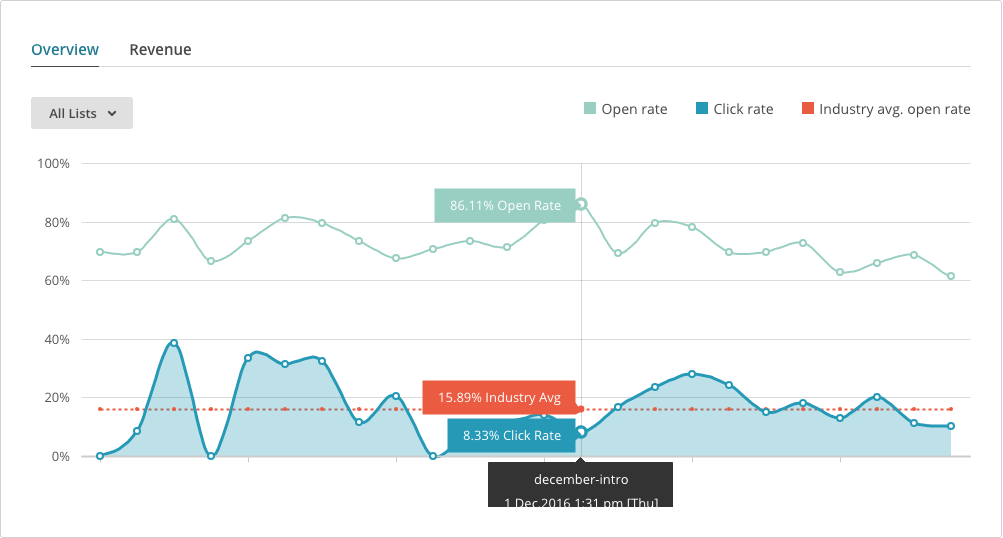In an earlier post, I talked about the importance of a blog as the foundation of your content marketing strategy. But like any good concrete slab, blogs just hunker down and wait for people to visit. Nothing wrong with that, but if you want to make friends and influence people, you’ve got to get out in the world. And you do that via email and social media. Facebook, Twitter, and the all-important Friendster (kidding!) are a topic for another day—for now, let’s talk about email.
Put bluntly, you need a mailing list. Why?
It’s the only guaranteed conduit into your clients’ minds.
Your blog sits at home and waits for people to come to it. And while you should be tossing posts into the social media streams, the concept of someone reading everything in their Facebook or Twitter feed is laughable. Not everyone subscribes to Inbox Zero, but the chances of someone seeing your email message (you did compose a compelling Subject line, didn’t you?) and opening it are decent.
(A brief anecdote: in the last sale we did for Take Control Books before selling the business to Joe Kissell, we sold roughly 2400 books via email. Want to guess how many we sold via social media, even with retweets and Facebook likes? Three. But we’ll talk more about social media’s limitations another time.)
Heck, if you use a service like MailChimp to run your mailing list, you can even see what percentage of people open your messages and click links in them. For basic use and fewer than 2000 subscribers, MailChimp is free, so there’s no need to fuss with complicated mailing list software and worry about email deliverability issues.

(As another aside, I’ve run my own mailing lists for decades, and it’s not fun. For decent deliverability, you need to set up SPF and DKIM, and list management is a royal pain in the tuckus. The only thing worse is running your own mail server. Seriously, outsource email in every way you can.)
Mailing lists have numerous other advantages:
- Someone who signs up for your mailing list is acknowledging a deeper relationship than a Twitter follow or Facebook like.
- As long as you keep the messages interesting and useful, such as with TCN content, you can send your subscribers email regularly for years.
- Email is where serious business takes place. It’s not about kitten pictures. Well, not as much anyway.
- Simultaneously, email can be either from your business, if you want to look more corporate, or from you personally, if you prefer a high-touch approach.
- People often keep and come back to email messages that contain something they want to try; that’s our goal with TCN content.
- In email, you aren’t limited to the insanely short posts necessary for social media—don’t go writing the Great American Novel, but you can get away with a few of our tips or even an entire article.
So if you don’t have a mailing list now, or if you’ve let yours lapse for lack of content, now is the time to hop on the horse. There’s a lot more we can talk about when it comes to email, such as frequency, length, design, list management, and more. If you’re dying to learn more about one of these topics, let me know and I’ll focus there soon.

